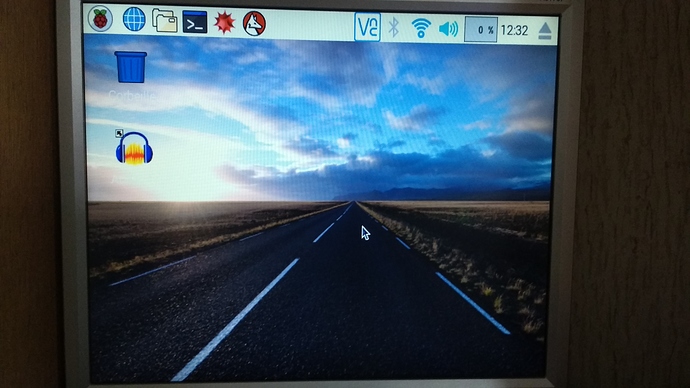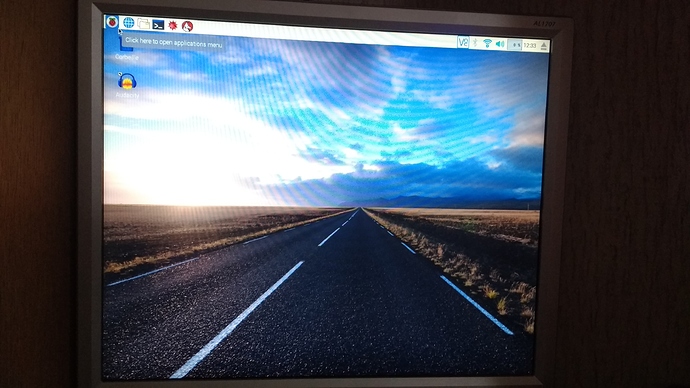Bonjour tous le monde, comment allez vous ?! ![]()
Après être venu y’a un bon moment pour avoir de l’aide et ainsi agencer mon Raspberry Pi 3 pour numériser de l’audio, et ainsi utiliser une carte son Hifiberry, qui est excellente au passage ![]()
Le soucis, c’est que j’utilise un adaptateur HDMI à VGA https://www.amazon.fr/gp/product/B01ARLD1HU/ref=oh_aui_detailpage_o09_s00?ie=UTF8&psc=1, qui marchait bien, j’avais bien configuré le fichier config.txt, et tout se passait bien l’image de mon RPI 3 marchait bien, aucun soucis donc !
J’ai du malheureusement réinitialiser ma machine pour retirer Noobs, et laisser donc Raspbian, et j’ai donc perdu mes fichiers de configurations. J’ai trouvé plusieurs configurations différentes, et voilà mon problème maintenant :
# For more options and information see
# Raspberry Pi Documentation - Configuration
# Some settings may impact device functionality. See link above for details
# uncomment if you get no picture on HDMI for a default « safe » mode
#hdmi_safe=1
# uncomment this if your display has a black border of unused pixels visible
# and your display can output without overscan
#disable_overscan=1
# uncomment the following to adjust overscan. Use positive numbers if console
# goes off screen, and negative if there is too much border
#overscan_left=16
#overscan_right=16
#overscan_top=16
#overscan_bottom=16
# uncomment to force a console size. By default it will be display’s size minus
# overscan.
#framebuffer_width=480
#framebuffer_height=480
# uncomment if hdmi display is not detected and composite is being output
#hdmi_force_hotplug=1
# uncomment to force a specific HDMI mode (this will force VGA)
#hdmi_group=1
#hdmi_mode=1
# uncomment to force a HDMI mode rather than DVI. This can make audio work in
# DMT (computer monitor) modes
#hdmi_drive=1
# uncomment to increase signal to HDMI, if you have interference, blanking, or
# no display
#config_hdmi_boost=4
# uncomment for composite PAL
#sdtv_mode=2
#uncomment to overclock the arm. 700 MHz is the default.
#arm_freq=800
# Uncomment some or all of these to enable the optional hardware interfaces
#dtparam=i2c_arm=on
#dtparam=i2s=on
#dtparam=spi=on
# Uncomment this to enable the lirc-rpi module
#dtoverlay=lirc-rpi
# Additional overlays and parameters are documented /boot/overlays/README
# Enable audio (loads snd_bcm2835)
dtoverlay=hifiberry-dacplus
disable_overscan=0
hdmi_force_hotplug=1
hdmi_group=2
hdmi_drive=2
overscan_left=-16
overscan_right=-16
overscan_top=-16
overscan_bottom=-16
Maintenant, à chaque fois que j’allume le RPI3, l’image est très étirée, les icones sont toutes très grosses, et quand je reboot, pas que je le débranche et le rebranche, l’image redevient bien, pas déformée. Je me demandais comment faire pour modifier ça…
On remarque bien le problème en faisant une connexion VNC, quand je l’allume on a une image déformée, et quand elle est redémarrée on a des bordures noires sur le côté pour adapter l’image :
Et quand on le reboot
C’est assez compliqué comme problème je sais, mais j’espère qu’un de vous pourra m’aider, merci d’avance ! ^^

